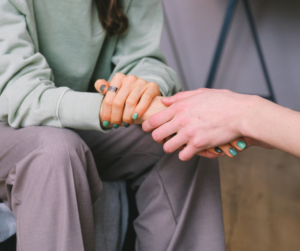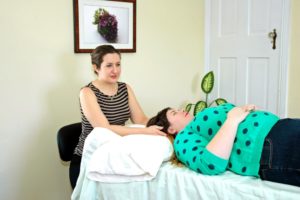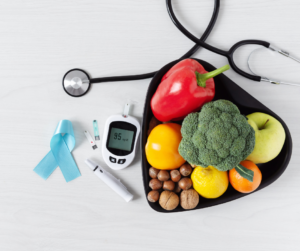Are You Changing With The Seasons?
Have you noticed now that Winter seems long behind us, people aren’t in such dreadful moods? When I first moved to Frederick, I was amazed at how friendly people were and it seemed completely natural for a total stranger to smile and engage in conversation. This is a far cry from growing up in Southern California, where you know better than to make eye contact with strangers. But as Winter clobbered us with single digit (or below, factoring in wind chill) temperatures, it appeared that my friendly Frederick neighbors became less friendly.

- vonSchnauzer / Foter / CC BY
Part of the reason for their grouchiness may be Seasonal Affective Disorder. In Northern latitudes, it is believed that 10-20% of the population may be affected versus 2-6% in the general North American population. Seasonal Affective Disorder, or SAD, is a type of depression that occurs seasonally, usually in Autumn and Winter. However, in some individuals, it may occur in just Spring and Summer. The main distinction is that the depression occurs seasonally.
While the exact mechanism and cause is unknown, it appears to be related to post-partum depression and producing inadequate amounts of cortisol, a steroid hormone. Not surprisingly then, SAD is more common in women, especially those of childbearing age. However, serotonin, melatonin, impaired processing of light, or even genetics may be a part of the cause. The only good news is, as you age, your risk of SAD decreases and is more evenly distributed between the sexes.
Conventionally, light therapy, pharmaceuticals, and cognitive behavioral therapy is recommended. Light therapy tends to be well-tolerated and generally shows improvement within 1-2 weeks. SSRIs, especially Prozac, may also be prescribed but has not been necessarily shown to be more effective. Cognitive behavioral therapy has empirically shown to be helpful and small studies suggest that it may be more prophylactic (preventative) than used as treatment.
- Sunshine is a great source of Vitamin D!

- Camil Tulcan / Foter / CC BY-NC-SA
From a naturopathic perspective, evaluating vitamin D status would be a great place to start. Vitamin D deficiency or sub-optimization has been implicated in depression in general and as it gets colder and cloudier, it seems reasonable that people’s vitamin D levels will decrease. That being said, we’ve seen a surprising number of people have vitamin D deficiency during Summer so it may not always be the case.
Another possible contributing factor to SAD may be inactivity. Exercise has not only been demonstrated to treat depression but also to prevent it. With freezing weather making it less than desirable to be outdoors, people may find themselves being more inactive during the colder months. Now that Spring has transformed the outdoors into a pleasant venue, getting back into an exercise routine should be a more enjoyable experience.
With any type of depression, finding a homeopathic remedy best suited to that individual can make a world of difference and won’t interact with conventional treatments. Another consideration may be St. John’s Wort (Hypericum perforatum). It has been shown to be effective when used with light therapy and is traditionally believed to “harness the sun” which makes it a great herb for SAD. As with starting any botanicals, it is always recommended to consult your licensed naturopathic doctor, since they are the only doctors trained in drug-herb interactions.
While Winter is beautiful in it’s own way, I know I’m glad to have my friendly neighbors back again. And when Fall and Winter comes around in six months, at least we have a few extra tools to keep the transition to cold seasons from getting us down.
Stay Radiant,
Dr. Russell


